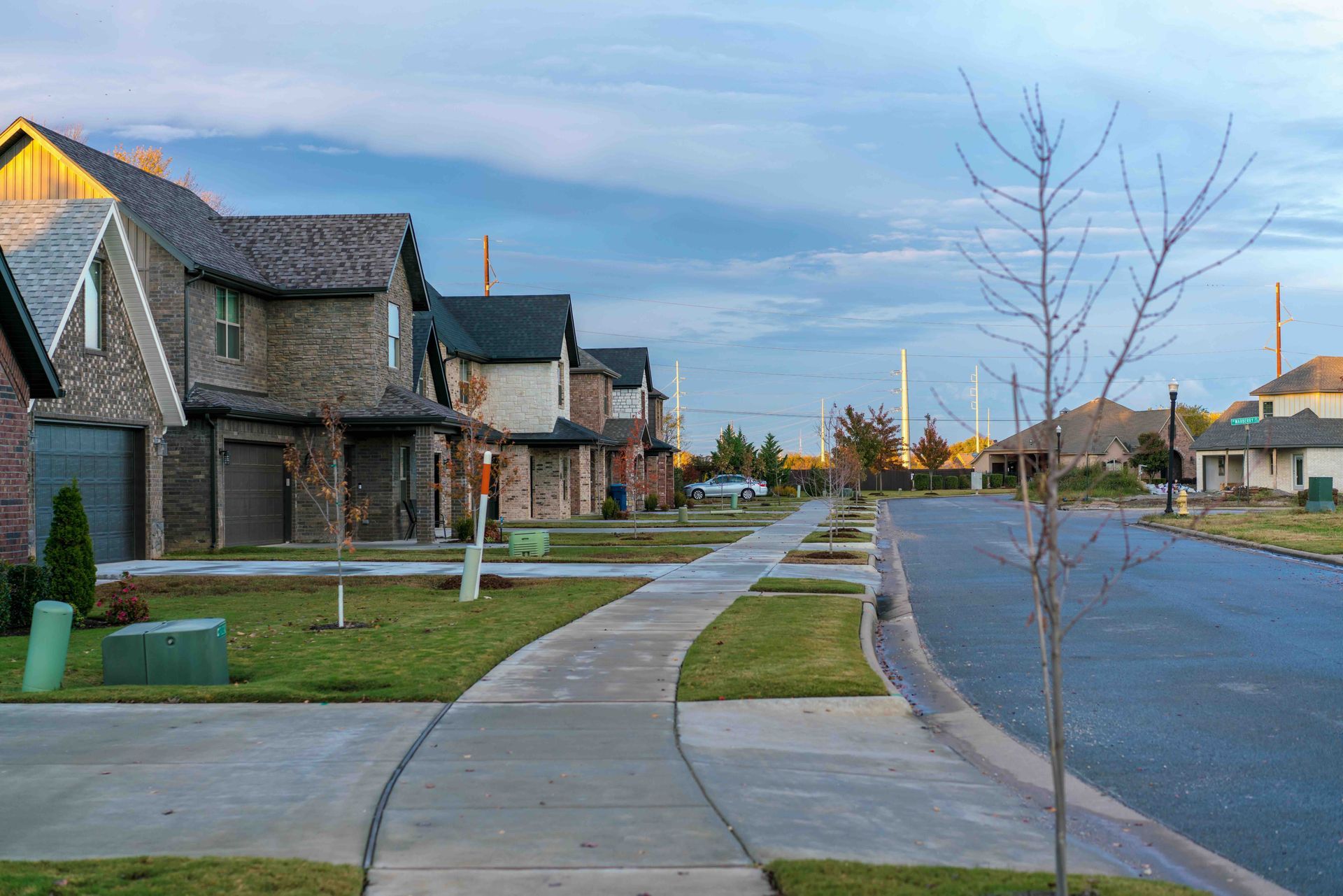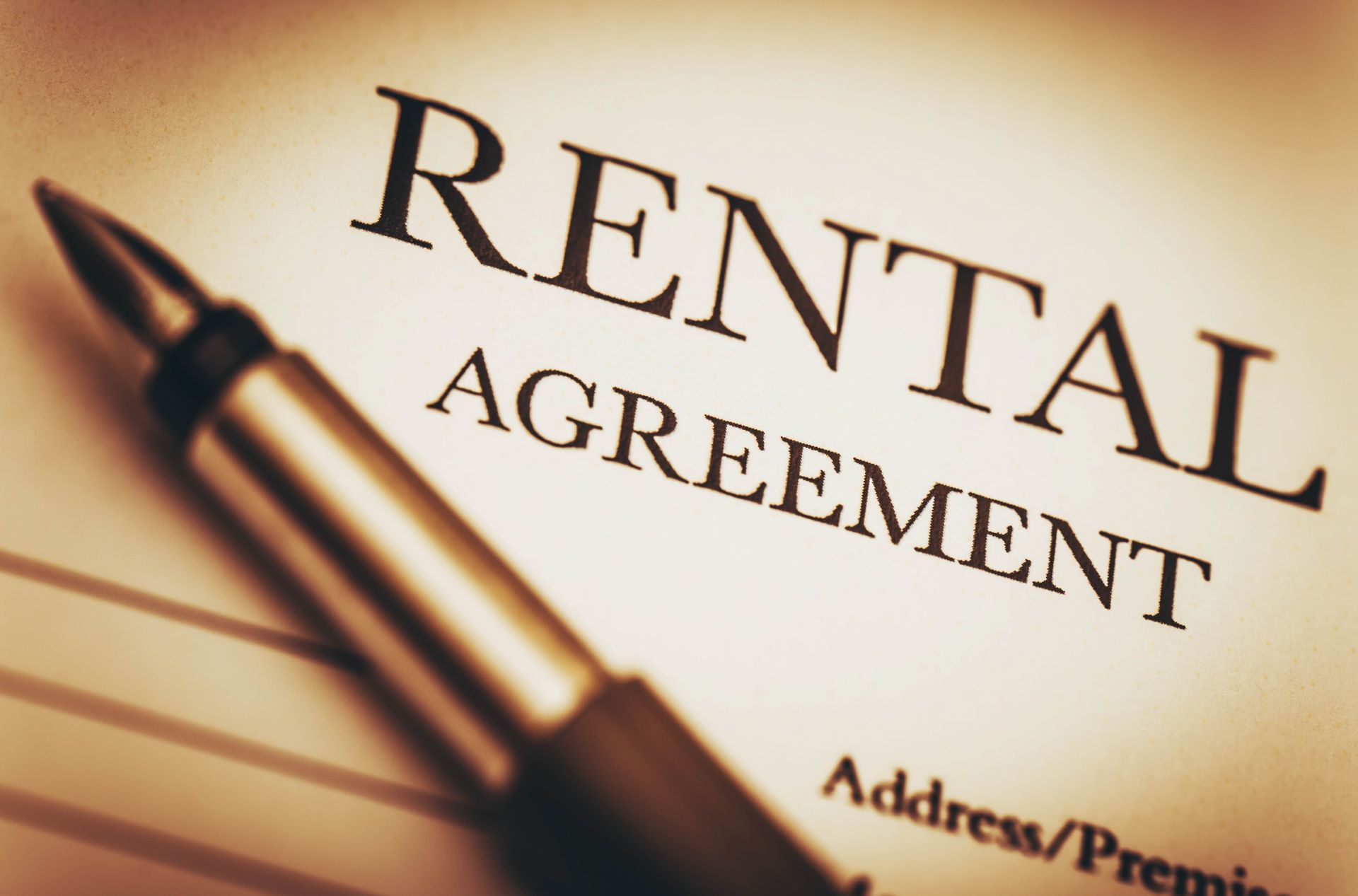How to Prevent Leaks and Floods with Better Water Safety at Home
Water damage is one of the most common and costly issues homeowners face. Leaks and floods can cause extensive damage to a property, leading to expensive repairs and the potential loss of valuable items. Preventing leaks and floods requires proactive measures and a commitment to water safety. This article explores various strategies and tips to help you protect your home from water damage.
Understanding the Causes of Leaks and Floods
Before diving into prevention strategies, it’s essential to understand the common causes of leaks and floods. These include:
- Aging Plumbing Systems
Older homes often have plumbing systems prone to leaks due to wear and tear over time. Corroded pipes, deteriorating seals, and outdated materials can contribute to water leaks. - Clogged Drains and Gutters
Drains and gutters can become clogged with debris, causing water to back up and overflow. This can lead to leaks in walls, ceilings, and basements. - Faulty Appliances
Appliances such as washing machines, dishwashers, and water heaters are common sources of water leaks. Faulty hoses, connections, and aging parts can result in water damage. - Extreme Weather Conditions
Heavy rain, snowmelt, and hurricanes can overwhelm a home’s drainage system, leading to flooding. Poorly graded landscapes and inadequate drainage can exacerbate the problem. - Poor Installation or Maintenance
Improperly installed plumbing fixtures, roofs, and windows can allow water to seep into the home. Additionally, neglecting regular maintenance can increase the risk of leaks.
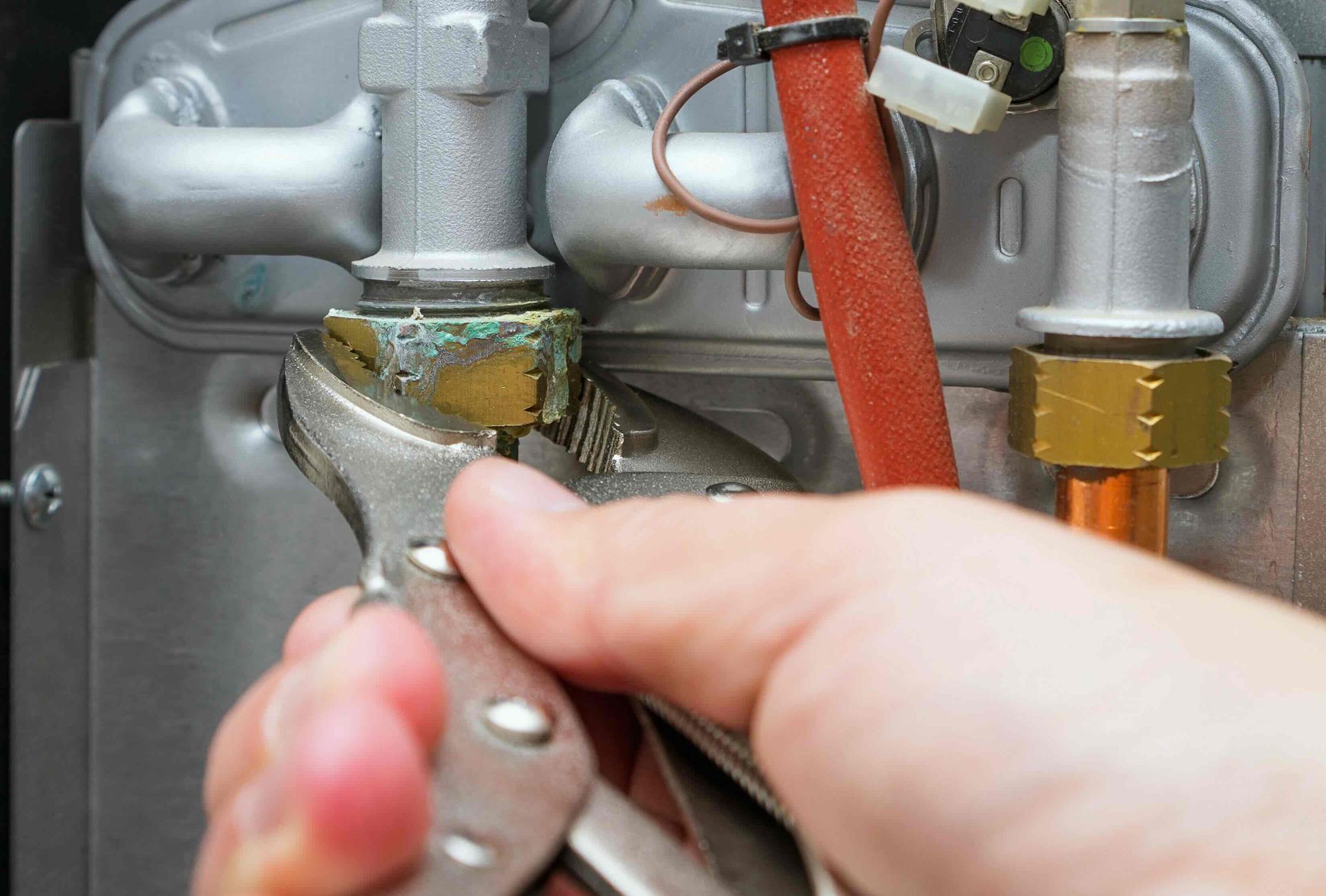
Regular Inspections and Maintenance
One of the most effective ways to prevent leaks and floods is through regular inspections and maintenance. Here’s what you can do:
- Inspect Your Plumbing System
Regularly check for signs of wear and tear in your plumbing system. Look for dripping faucets, damp spots on walls or ceilings, and water stains. Pay special attention to areas where pipes are exposed, such as basements, crawl spaces, and under sinks. - Check for Roof Leaks
The roof is your home’s first line of defense against water damage. Inspect it for missing or damaged shingles, cracked flashing, and clogged gutters. Make sure that your attic is well-ventilated to prevent moisture buildup. - Maintain Your Appliances
Regularly inspect and maintain your water-based appliances. Check hoses and connections for wear and replace them as needed. Follow the manufacturer’s recommendations for maintenance, such as cleaning filters and draining water heaters. - Test Sump Pumps
If your home has a sump pump, test it regularly to ensure it’s functioning correctly. A sump pump is essential for preventing basement flooding by pumping out excess water during heavy rains or rising water levels. - Clear Gutters and Downspouts
Keep your gutters and downspouts clear of debris to ensure proper drainage. Water should flow away from the foundation of your home, so make sure downspouts are extended far enough to direct water away. - Seal Windows and Doors
Inspect the seals around windows and doors for any gaps or cracks. These can allow water to seep into your home during storms. Use weather stripping and caulking to seal any openings.
Installing Water Detection Devices
Technology can play a significant role in preventing leaks and floods. Water detection devices are an excellent investment for homeowners looking to enhance water safety.
- Water Leak Sensors
These sensors can be placed near appliances, under sinks, and in basements to detect leaks early. When a leak is detected, the sensor will send an alert to your smartphone, allowing you to take immediate action. - Smart Water Shutoff Valves
These devices can automatically shut off the water supply to your home if a leak is detected. Some smart shutoff valves can be controlled remotely, giving you peace of mind when you’re away from home. - Flood Sensors
Flood sensors can be installed in areas prone to flooding, such as basements and utility rooms. These sensors can detect rising water levels and send alerts to prevent significant damage. - Monitoring Systems
Consider installing a comprehensive water monitoring system that tracks water usage and detects unusual patterns. These systems can help you identify leaks before they become major problems.
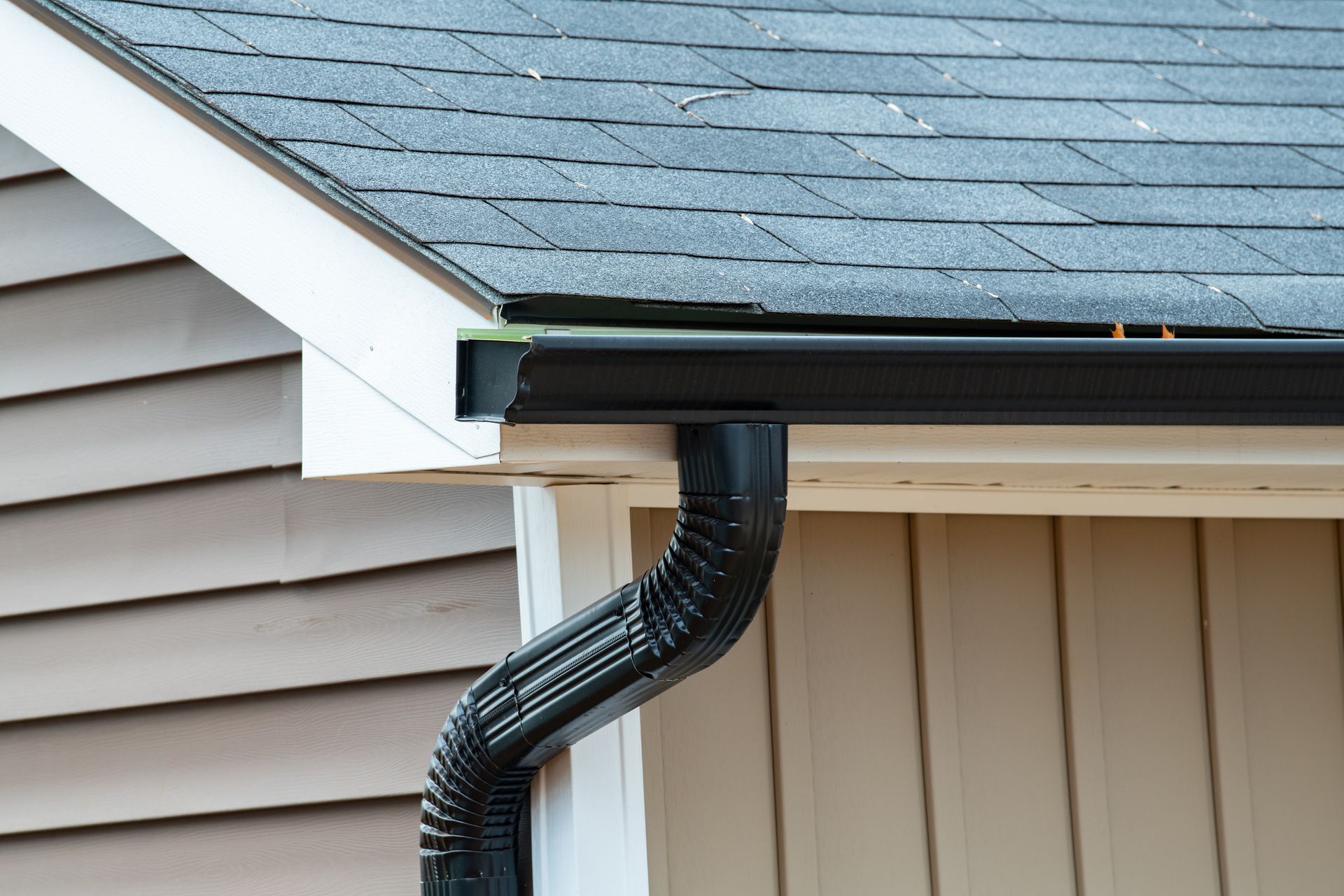
Improving Your Home’s Drainage System
A well-designed drainage system is crucial for preventing leaks and floods. Here are some tips to improve your home’s drainage:
- Grade Your Landscape
Ensure that the ground around your home slopes away from the foundation. This will prevent water from pooling near the foundation and seeping into your basement or crawl space. - Install French Drains
French drains are underground drainage systems that redirect water away from your home. They are particularly useful in areas with heavy rainfall or poor natural drainage. - Use Downspout Extensions
Extend your downspouts to direct water at least six feet away from your home’s foundation. This will reduce the risk of water seeping into your basement. - Maintain Proper Grading
Regularly check the grading around your home to ensure it hasn’t shifted over time. If necessary, add soil to areas that have settled to maintain proper drainage. - Install a Sump Pump Backup
If your home relies on a sump pump, consider installing a backup system powered by a battery or generator. This will ensure your sump pump continues to function during power outages or heavy storms.
Water Pressure Regulation
High water pressure can strain your plumbing system, leading to leaks and burst pipes. Regulating your home’s water pressure can help prevent these issues.
- Install a Pressure Regulator
A pressure regulator can be installed on your main water line to maintain a safe water pressure level. The recommended water pressure for a home is between 40 and 60 psi (pounds per square inch). - Monitor Water Pressure
Regularly check your home’s water pressure using a pressure gauge. If the pressure is too high, adjust the pressure regulator accordingly. - Address Water Hammer
Water hammer is a common issue caused by sudden changes in water pressure, which can damage pipes and fixtures. Installing water hammer arrestors can help absorb the shock and prevent damage.
Educating Your Family on Water Safety
Water safety is a collective effort, and it’s essential to educate your family members on the importance of water safety practices.
- Teach Children About Water Safety
Educate your children on the dangers of water leaks and floods. Teach them how to recognize signs of a leak and what to do in case of an emergency. - Know the Location of Shutoff Valves
Ensure that everyone in your household knows where the main water shutoff valve is located and how to use it. This knowledge can be crucial in stopping a leak before it causes significant damage. - Create an Emergency Plan
Develop a water emergency plan that outlines the steps to take in case of a leak or flood. This plan should include turning off the water supply, contacting a plumber, and taking measures to protect valuable items. - Practice Safe Habits
Encourage family members to practice safe water habits, such as not pouring grease down the drain, avoiding flushing non-degradable items, and being mindful of water usage.
Responding to Leaks and Floods
Despite your best efforts, leaks and floods can still occur. Knowing how to respond quickly can minimize damage and
prevent further issues.
- Turn Off the Water Supply
As soon as you notice a leak or flood, turn off the main water supply to your home. This will prevent additional water from entering your home and causing further damage. - Address the Source of the Leak
If the leak is due to a broken pipe or faulty appliance, take immediate steps to repair or replace the damaged component. Contact a professional plumber if necessary. - Remove Standing Water
Use a wet/dry vacuum or mop to remove standing water as quickly as possible. The longer water sits, the more damage it can cause to floors, walls, and belongings. - Dry Out Affected Areas
Use fans, dehumidifiers, and open windows to dry out the affected areas. This will help prevent mold growth and further water damage. - Document the Damage
Take photos and document the damage for insurance purposes. Contact your insurance company to file a claim and get the necessary assistance for repairs. - Repair and Restore
Once the area is dry, begin the repair and restoration process. Replace damaged materials, such as drywall, flooring, and insulation. Consider upgrading to water-resistant materials to prevent future damage.
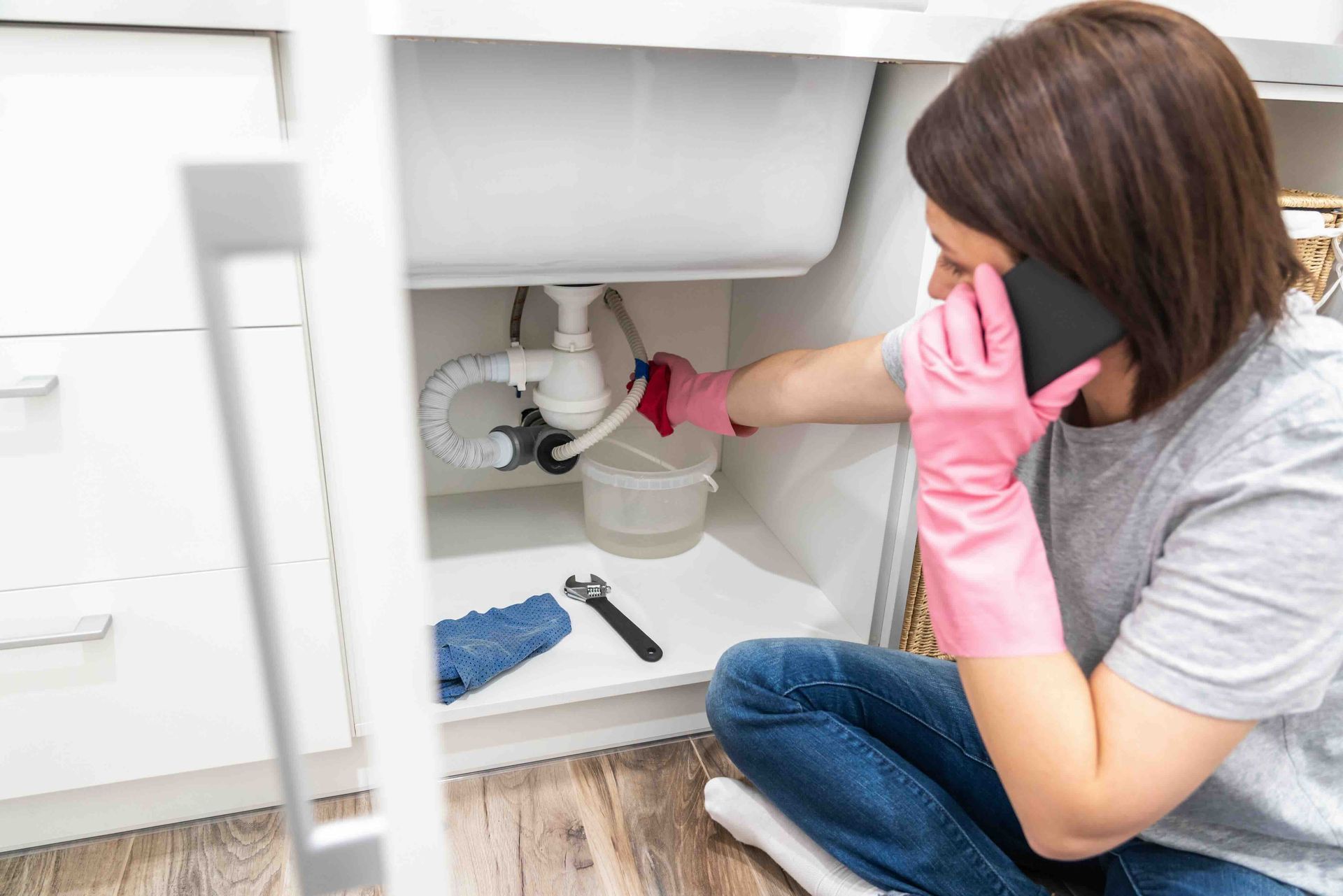
Professional Help and Resources
In some cases, preventing and responding to leaks and floods may require professional assistance. Here are some resources and services that can help:
- Professional Plumbers
If you’re unsure about the condition of your plumbing system or need help with repairs, hire a licensed plumber. They can conduct a thorough inspection, identify potential issues, and make the necessary repairs. - Water Damage Restoration Services
If your home has suffered significant water damage, consider hiring a water damage restoration service. These professionals can help with water extraction, drying, and restoring your home to its pre-damage condition. - Insurance Coverage
Review your homeowner’s insurance policy to ensure you have adequate coverage for water damage. Consider adding additional coverage for floods if you live in a flood-prone area. - Local Resources
Many communities offer resources and assistance for homeowners dealing with water damage. Contact your local government or disaster relief organizations for information on available support.
Key Takeaways
Preventing leaks and floods is essential for maintaining a safe and comfortable home. By understanding the causes of water damage, conducting regular inspections, investing in technology, and educating your family, you can significantly reduce the risk of leaks and floods. Additionally, knowing how to respond quickly and effectively in the event of a water emergency can minimize damage and protect your property. Implement these strategies to ensure better water safety at home and enjoy peace of mind knowing your home
Share on


